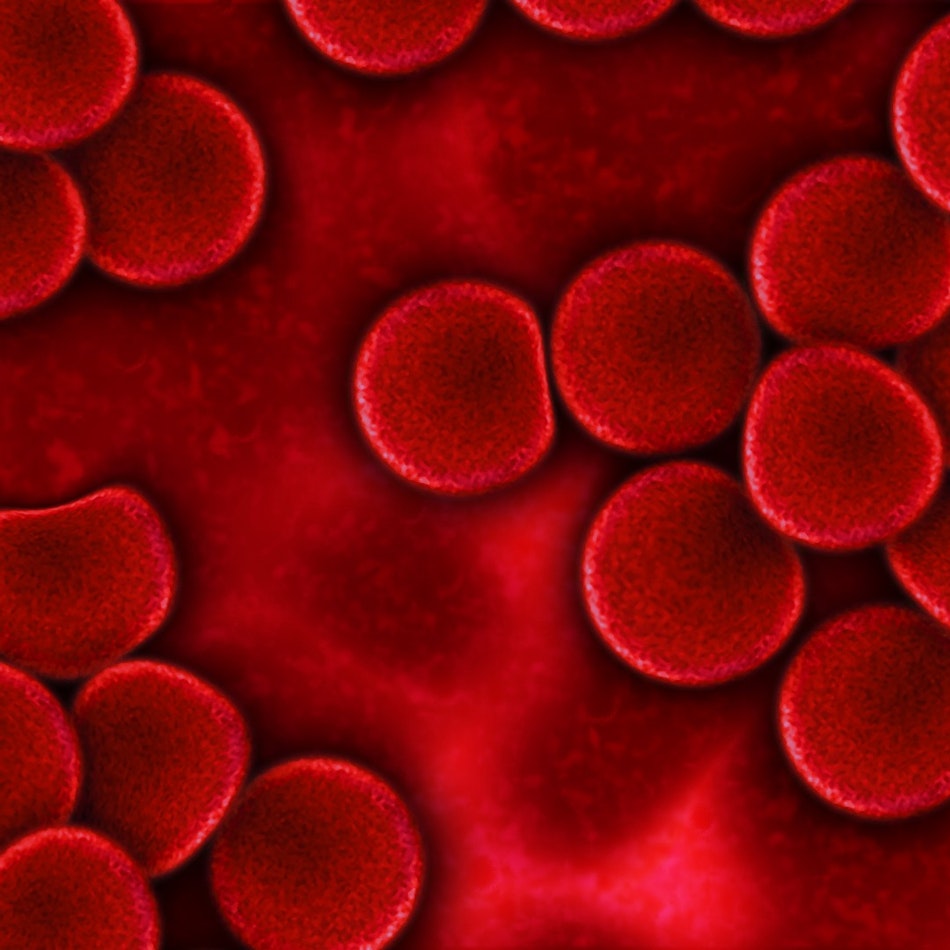
About blood cancers
What is blood cancer?

Blood Cancer
Most blood cancers start in the bone marrow, which is where blood is produced. Blood cancers occur when abnormal blood cells start growing out of control, interrupting the function of normal blood cells, which fight off infection and produce new blood cells.
Diagnosis often starts with a physical examination to check your general health. Your doctor will review your health history, examine your body and lymph nodes, and look for any signs of infection or bruising.
Different types of tests and procedures may be used to diagnose blood cancer. What you need will depend on the type of blood cancer suspected.
We don't know what causes blood cancer. Unlike other cancers, it seems that people's lifestyle does not affect their likelihood of developing blood cancer. It is not passed on genetically but developed during a person's lifetime. There are some common risk factors
- age - some blood cancers are more common in children and others more common in older people
- sex - blood cancers are more common in men than women
- ethnicity - they happen to people of every background but can be more or less common depending on your ethnicity
- family history - it is not inheritable but a family history may make blood cancer slightly more likely
- radiation or chemical exposure
- some health conditions and treatments
Types of blood cancer
There are over a 100 different types of blood cancer that affect people at different life stages. Below we list the three most common blood cancers and share symptoms, risk factors and treatments. Blood cancers can be difficult to diagnose because the symptoms can be similar to many other conditions. Any symptom that lasts more than a few days or gets worse should be checked out. If you are concerned about yourself or a child it is important to contact your GP.
Leukaemia
Leukaemia begins in the bone marrow and affects two types of white blood cells. It is a common childhood and adult cancer.
Lymphoma
Lymphoma is a general term for cancers that start in the lymph system; mainly the lymph nodes. The two main types of lymphoma are Hodgkin lymphoma and non-Hodgkin lymphoma.
Myeloma
Myeloma is a cancer of the plasma cells. In myeloma, the cells overgrow, forming a mass or tumour that is located in the bone marrow.


